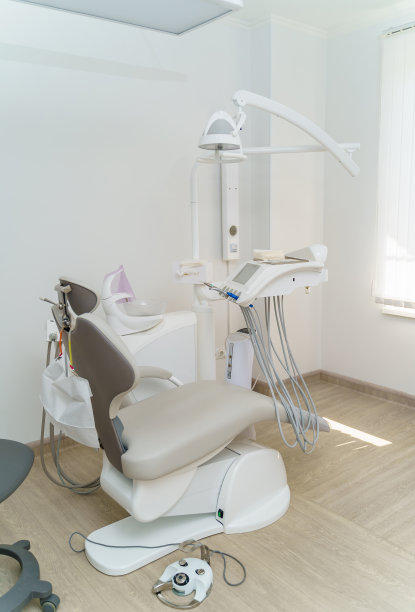Understanding the Procedure and Importance of Extracting a Tooth for Optimal Oral Health in Patients
Summary: Tooth extraction is an essential dental procedure aimed at maintaining optimal oral health in patients. This article delves into the significant aspects of tooth extraction, including indications for the procedure, the step-by-step process involved, post-extraction care, and the long-term benefits of removing unhealthy teeth. Understanding these elements not only alleviates the anxiety surrounding extraction but also emphasizes its importance in oral health management. By comprehensively exploring these facets, patients can make informed decisions and work collaboratively with their dentists to achieve better dental outcomes.
1. Indications for Tooth Extraction

Tooth extraction is often deemed necessary for various reasons, with the most prevalent being severe tooth decay or infection. When a tooth is compromised beyond repair, it can lead to immense pain and contribute to systemic health issues. In such cases, extraction not only alleviates discomfort but prevents the spread of infection to surrounding teeth and tissues.
An additional reason for extraction is the presence of impacted teeth, notably wisdom teeth. These molars can become trapped in the jawbone or fail to emerge correctly, leading to pain, swelling, and potential damage to adjacent teeth. Dentists typically recommend extraction to mitigate these risks and help maintain oral symmetry.
Furthermore, overcrowding is another common indication for tooth extraction. As the jaw may not have sufficient space to accommodate all teeth, removing one or more can create necessary room. This is particularly essential in orthodontic treatments, where strategic extractions facilitate the proper alignment of remaining teeth.
2. The Procedure of Tooth Extraction
The tooth extraction procedure generally commences with a comprehensive examination by the dentist, who will assess the affected tooth and surrounding area. Local anesthesia is administered to ensure that the patient experiences minimal discomfort during the procedure. For more complex extractions, sedation options may be considered to enhance patient comfort.
Once the area is adequately numbed, the dentist will employ specialized tools to remove the tooth. In simple extractions, a forceps is often used to grasp the tooth and gently rock it back and forth until it becomes loose enough to be removed. For surgical extractions, incisions may be necessary to access teeth that are beneath the gum line.
After the tooth is extracted, the dentist will provide instructions on managing bleeding and caring for the extraction site. The procedure is relatively quick, and most patients can return to their normal activities with some precautions in place.
3. Post-Extraction Care and Recovery
Post-extraction care is vital to promote healing and minimize complications. Initially, patients are advised to bite on a gauze pad for 30 to 45 minutes to control bleeding. Resting and avoiding strenuous activities for the first 24 hours can significantly aid recovery.
Additionally, patients should adhere to a soft-food diet while avoiding hot, spicy, or acidic foods that may irritate the extraction site. Hydration is essential, but using straws should be avoided, as it can disturb the blood clot and delay healing.
Monitoring the extraction site for any signs of infection, such as increased pain, swelling, or discharge, is crucial. Should any concerning symptoms arise, contacting the dentist promptly is necessary to ensure timely intervention.
4. Long-Term Benefits of Tooth Extraction
The long-term benefits of tooth extraction extend beyond immediate relief. Removing diseased or problematic teeth can lead to improved overall oral health. For patients suffering from chronic dental issues, extraction can serve as a fresh start, paving the way for better oral hygiene practices and regular dental visits.
Moreover, tooth extraction can enhance aesthetic appearance, particularly when dealing with severely damaged or misaligned teeth. By addressing oral imperfections, patients may experience a boost in self-esteem and confidence, positively impacting their social interactions.
Lastly, extracted teeth can help prevent future dental complications. By eliminating problematic teeth, patients reduce the risk of further infections and misalignments, which could necessitate more extensive and expensive treatments down the road. Properly managing oral health post-extraction reinforces the importance of regular dental check-ups and overall hygiene.
Summary:
Understanding the procedures and importance of tooth extraction is an integral aspect of maintaining optimal oral health. By recognizing the indicators for extraction, grasping the procedure involved, and following post-operative care, patients can significantly benefit from this dental intervention. In the long term, tooth extraction not only alleviates immediate pain and discomfort but also promotes enhanced oral hygiene, aesthetic improvement, and prevention of future dental issues.
This article is compiled by Vickong Dental and the content is for reference only.



